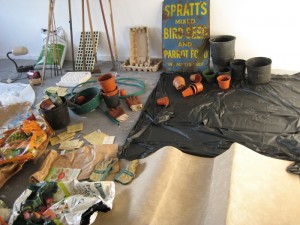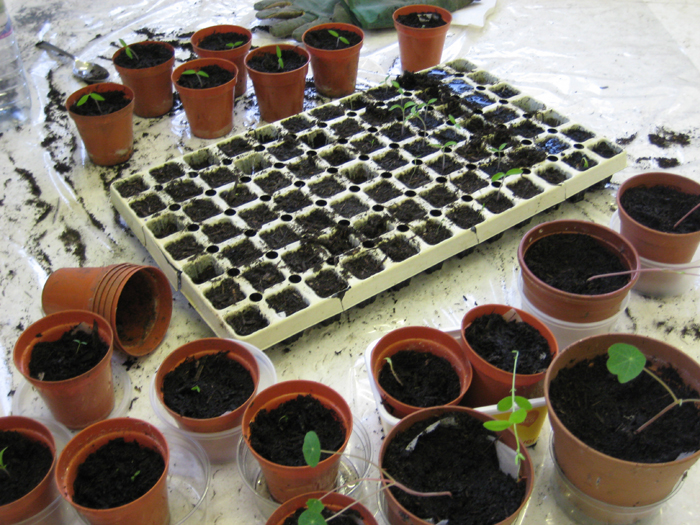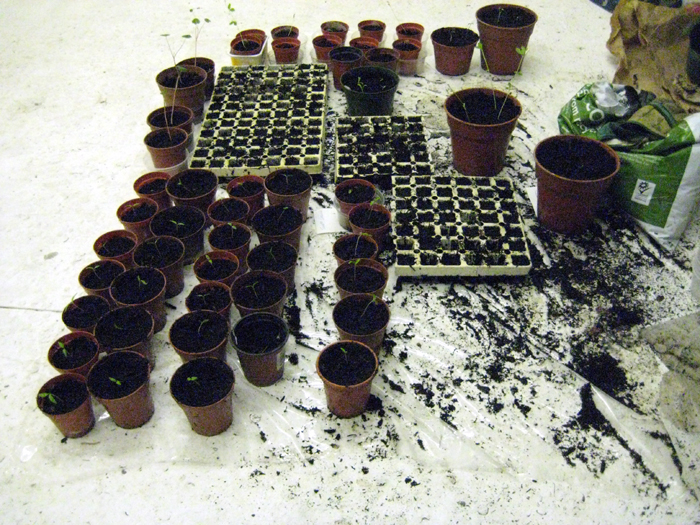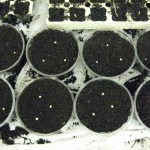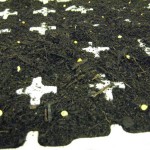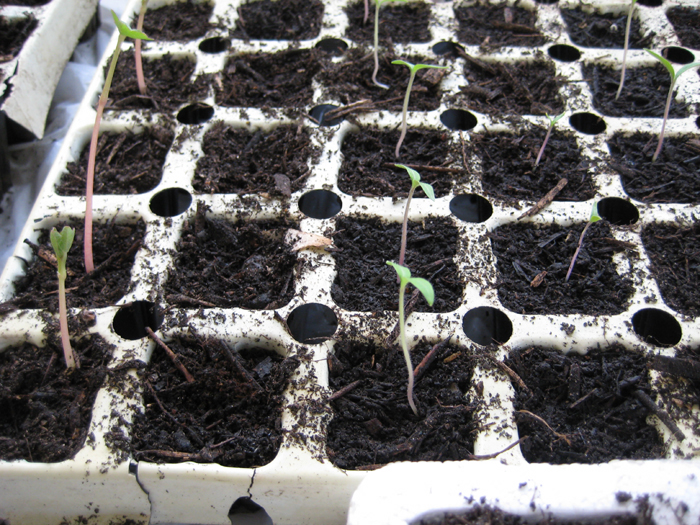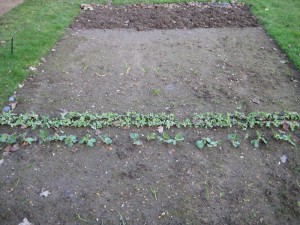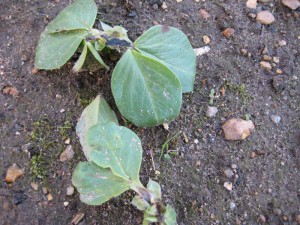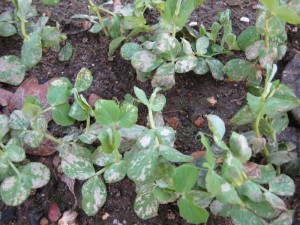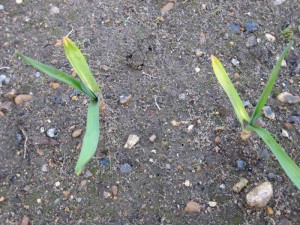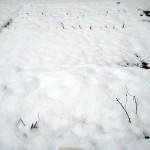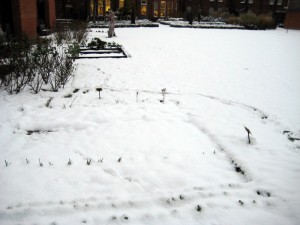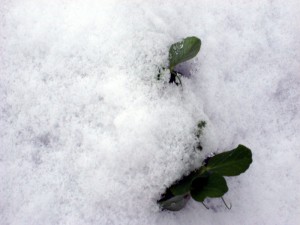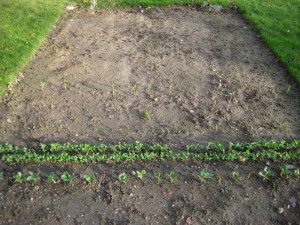A garden shed, although not essential, is an important part of an allotment holders working space. The shed acts as a container for contemplation, thought patterns, rumination over tasks to be actioned or fulfilled, a place for rest from elemental phenomenon over a cup of tea and sandwich, a storage area for tools, seeds and any other random useful piece of gardening equipment, a radio, a thermos.
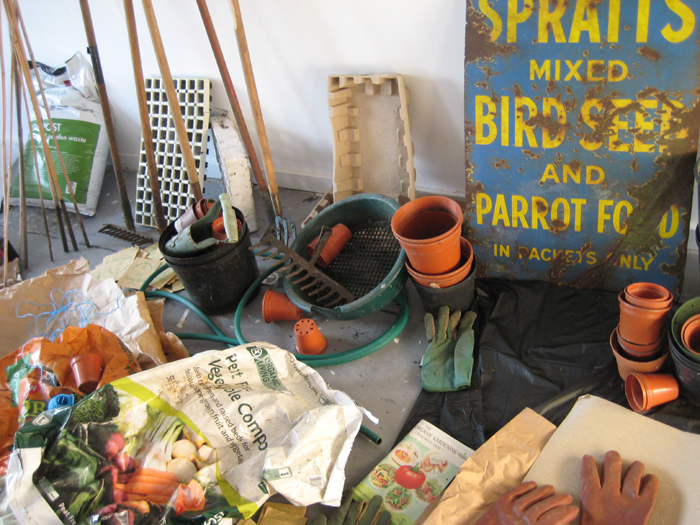
‘Growing your own’ can be a defining moment for a community or an individual in establishing a link to independent food production, in food deserts this is essential where there are no shops that sell fresh fruit and vegetables in urban or rural areas. Dependency on consumerism from supermarkets has meant the loss of many local greengrocers and the ability for many to grow food. The history of having access to land on which to grow has evolved over time, according to what part of the world one lives in. The term “Allotment” can mean different things to different people. The “Allotment Acts” of the UK refer to providing plots of land for gardening type food production, however in America the Dawes Allotment Act of 1887 sought to divide up the Reservation land for Native American Indians and failed in what it set out to do. To establish one’s own access to growing fresh fruit and vegetables, you do not need to have your own allotment, or garden space, imaginative use of containers and window boxes can give good yields.
The consumerism from growing and gardening is enormous in the UK. A packet of seeds can be so tiny and seem so simple, but the products on sale that are out there waiting for financial exchange are infinite. Seed saving is something that many people do as part of their automatic growing process, seed exchanges are not uncommon, recently as part of Art staged in protest at Cop 15 one of the activities was a soup kitchen where the artists involved, dealing with the real, grow and collect their own vegetable seeds some of these seeds are allegedly becoming illegal under EU law. Save seeds from organic fruits and vegetables, you never know when we might need them.
